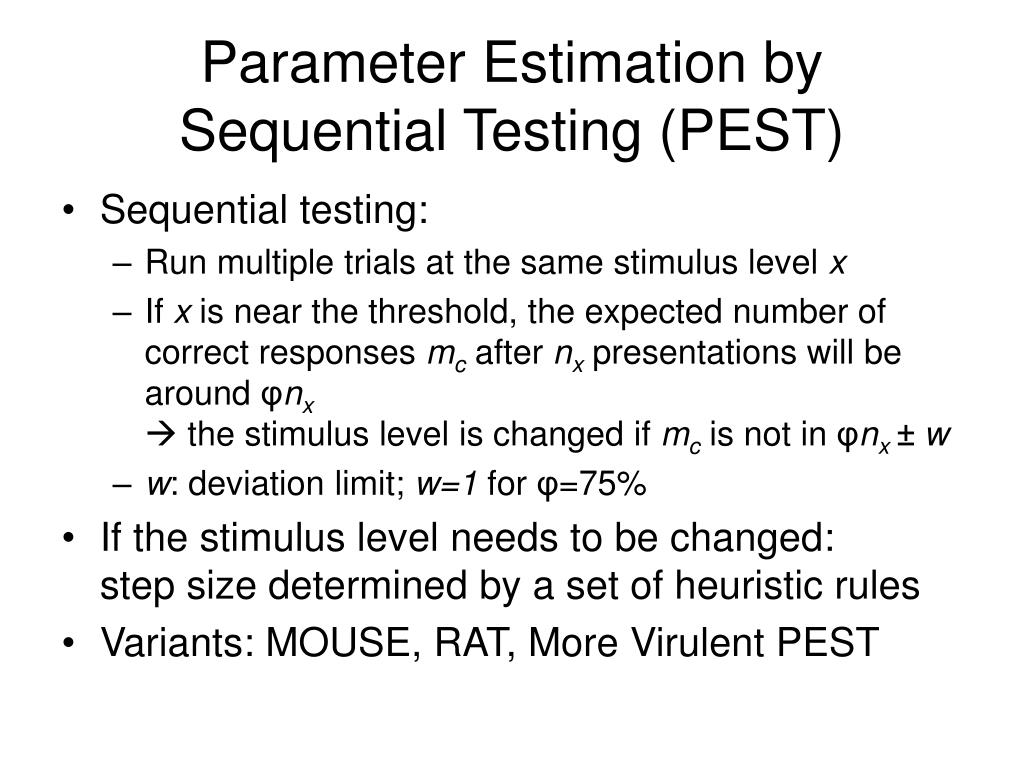

(1986): Modified sequentially rejective multiple test probiems. Abstract Prostate specific antigen (PSA) screening has heralded stage migration in prostate cancer toward cancers that may be readily eliminated by primary intervention. Similarly, A t-test can be used to compare. It is similar techniques such as t-test and z-test, to compare means and also the relative variance between them. Fisher, hence it is also referred as Fisher’s ANOVA. (1983): Sequential multiple comparisons with the best. Analysis of Variance (ANOVA) is a parametric statistical technique used to compare the data sets. (1979): A simple sequentially rejective multiple test procedure. Lecture Notes in Statistics, Springer New York-Heidelberg-Berlin. Run Chart this is a diagram of the sequential values for a parameter as a. (1981): Multiple Statistical Decision Theory: Recent Developments. Lean Six Sigma is a process improvement methodology designed to eliminate. (1988): A sequential elimination procedure for chosing the best population(s) based on multiple testing. A general sequential elimination procedure using all pairwise tests has been introduced recently and is modified here by allowing for indifference zones. (1986): Two stage sampling for simultaneously testing main and side effects in clinical trials. (1969): Repeated sigificance tests on accumulating data. Das Verfahren liefert eine (1−α)-Konfidenzmenge für die Indizes der ∆-besten Populationen, unabhängig davon, wie viele und welche der Populationen die besten sind. Confidence intervals and regions are investigated. Nach jeder Elimination wird das individuelle Signifikanzniveau der Tests angehoben. Sequential parameter estimation also helps to provide insights in the adequacy of the mathematical models and accuracy of the parameter estimates. Eine Population, die in einem individuellen Vergleich als unterlegen ausgewiesen wurde, wird von der weiteren Stichprobenentnahme ausgeschlossen. Das Verfahren bedient sich sequentieller Tests zwischen jeweils zwei Populationen auf verschiedenen α-Niveaus. Eine allgemeine sequentielle Prozedur zur Elimination unterlegener Populationen auf der Basis aller paarweisen Vergleiche wurde jüngst vorgeschlagen und hier modifiziert, indem Indifferenzbereiche - Populationen, deren Parameterwerte sich um höchstens ∆ unterscheiden - zugelassen werden.


 0 kommentar(er)
0 kommentar(er)
